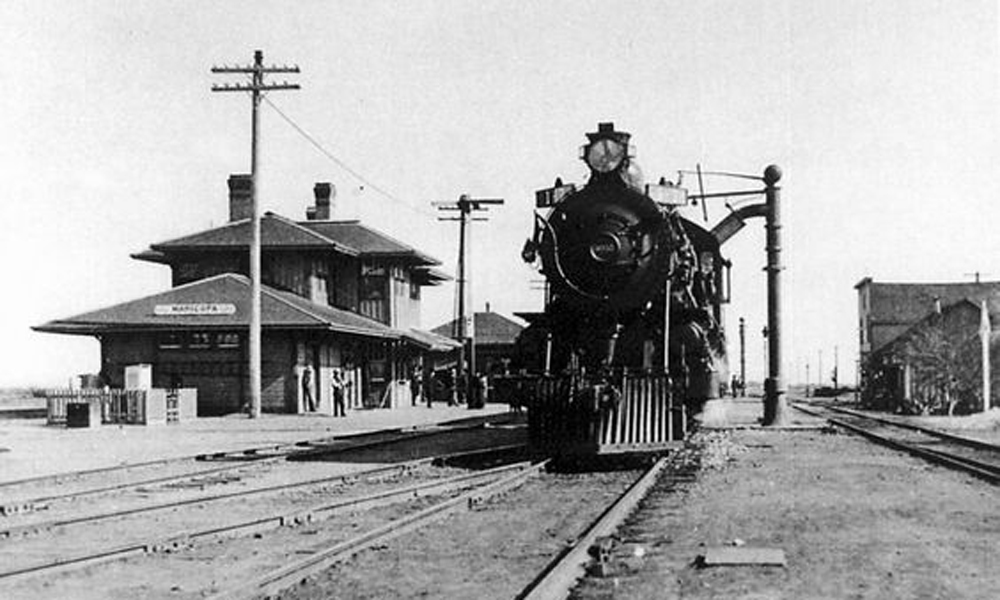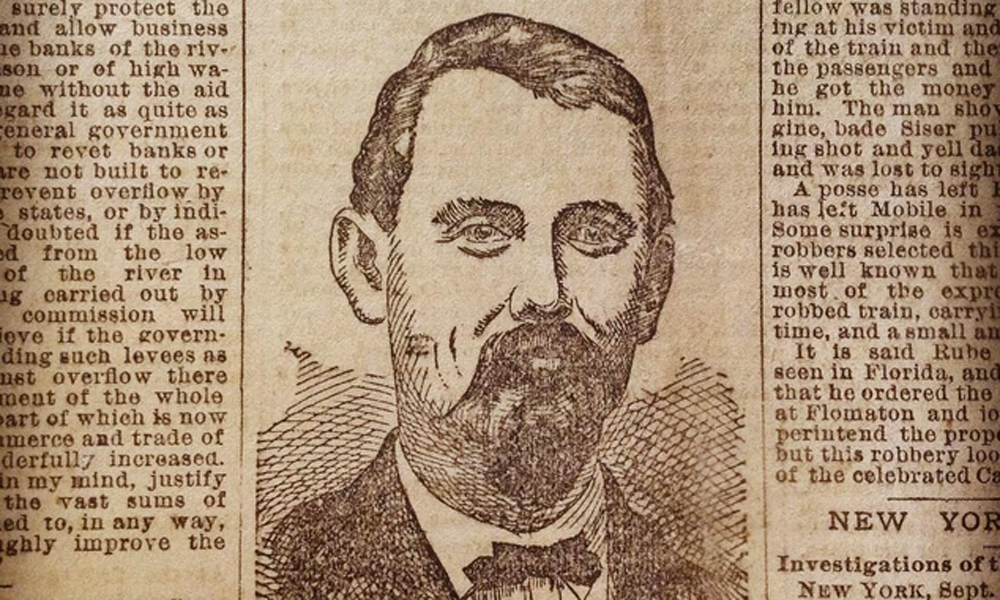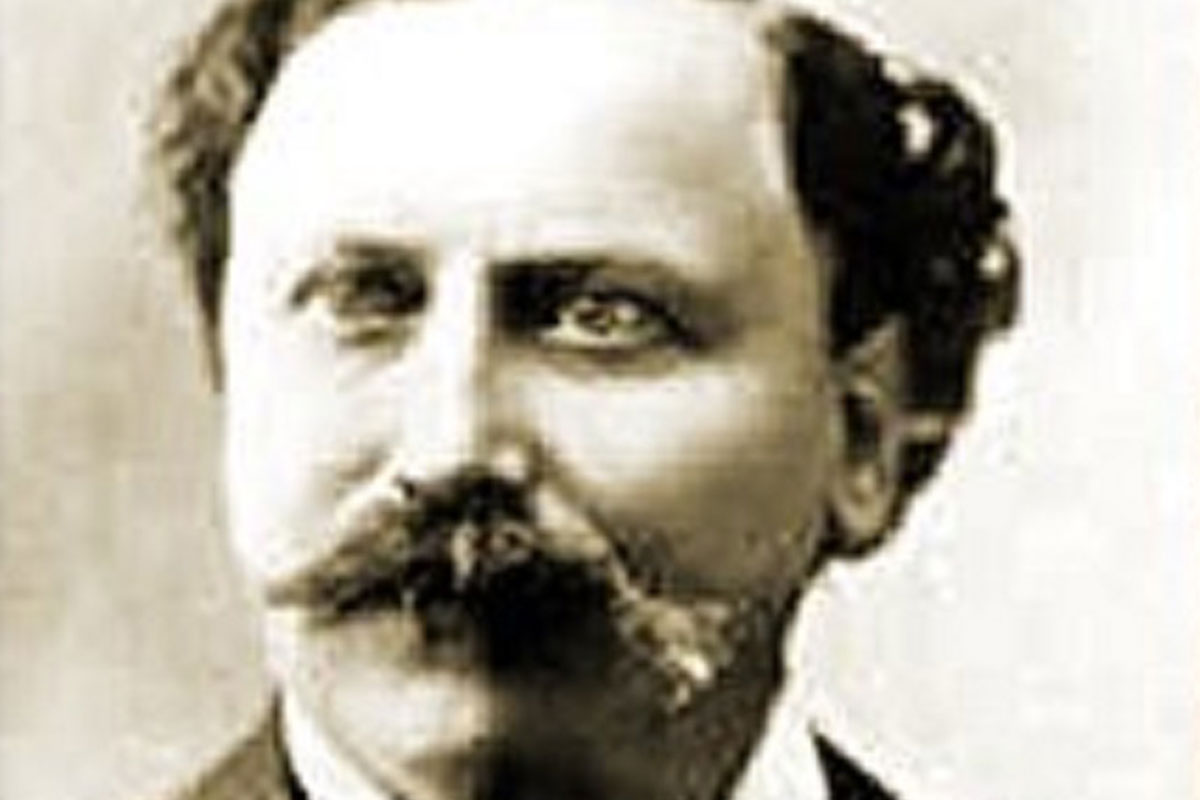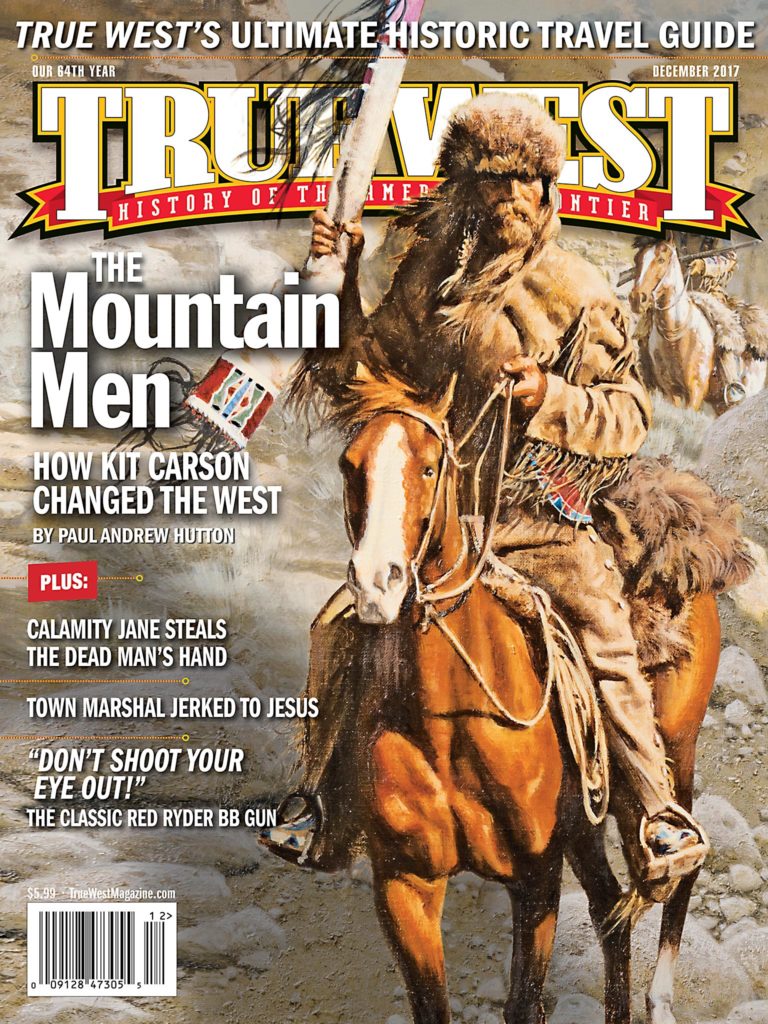
By the mid 1880’s two transcontinental railroads crossed Arizona. The Santa Fe rolled across the northern part of the territory along the 35th Parallel and the Southern Pacific chugged its way across the southern route along the 32nd Parallel.
Passengers heading for Phoenix still had to catch the stagecoach at Maricopa and make the 28-mile trip to the future territorial capital. The original railroad right-of-way was designed to go west of South Mountain near the confluence of the Gila and Salt Rivers and approach Phoenix from that direction however, the citizens of Tempe put up such a fuss the line was changed.
The Maricopa & Phoenix Railroad was chartered and the task of establishing grades and laying down track began in earnest on November 1st, 1886.
W.J. Murphy, famed as the entrepreneur who brought about the construction of the Arizona Canal was the superintendent of the job. Bridges for the Gila and Salt rivers were built in San Francisco and shipped to the sites for assembly.
An argument developed between railroad and the Pima Indians, who owned part of the right-of-way, but there was no stopping those gandy dancers, engineers and graders. Despite threats from the angry Pima, they trudged onward into the reservation.
By January 10th construction crews had reached the Gila River and work was begun on the bridge. Since the trespassing issues hadn’t been resolved the Secretary of the Interior suspended work and ordered the crews off the reservation. Negotiations with the Pima went on for six weeks before a settlement was reached. The natives received $707 and work on the line was resumed.
By the end of April the line was nine miles north of the Gila River and there was speculation it would reach Phoenix by June 1st. Railroad stations were being built at Tempe and Phoenix and the grade was being cut at the south end of the Papago Buttes. A sense of excitement was sweeping the Valley. Folks rode out to the banks of the Salt River at Hayden’s Ferry to watch construction on the bridge. Shopkeepers were pondering the cornucopia of new merchandise from eastern from eastern suppliers for their customers and real estate developers, yes, we had ‘em then, were eagerly getting ready to cash in on the coming real estate bonanza.
Then Murphy’s Law struck. The construction crews ran out of track, causing a three-week delay. Finally on June 19th, 1887 a new Baldwin steam locomotive with “Phoenix” painted on its side chuffed its way into Tempe.
Meanwhile, across the river in Phoenix, plans were being made to welcome the railroad. Again progress slowed as the blazing summer head made the rails too hot to handle and track layers had to don heavy buckskin mittens.
Work ground to a halt again as the over-anxious citizens and construction crews began a boisterous but premature celebration. On Monday nobody showed up for work and new crews had to be hired. Enthusiastic volunteers joined the crews to hasten the completion the line before the Fourth of July.
Finally, on July 3rd the last of the rails was “laid in and tied down.” Captain William Hancock, the man who surveyed the Phoenix town site 17 years earlier, drove in the last spike. The long-sought dream had come true—the railroad had at last arrived.
The next day, July 4th brass bands played and politicians rambled. An honor guard fired a grand salute and throngs came out to whoop it up. A tremendous monsoon dust storm failed to dim the optimism of the little metropolis on the banks of the Salt River that had finally metroped.
The first train pulled into the Phoenix Train Depot at 7th Street, below Adams and was greeted by a cheering crowd. The soon-to-be capital city was now connected to the outside world by rail.
With the purchase of a $3 ticket, same as the stagecoach fare, Phoenicians could now make the 2-hour and 40-minute ride to Maricopa in relative comfort—a far cry from the dusty trip in those leather-slung cradles on wheels called stagecoaches.
After all the hoopla died down the engineer threw the little Baldwin into reverse and backed her all the way to Maricopa. A second hand turntable would be installed several months later but for now the pot-bellied steam locomotives had to travel in reverse.
Despite the loud clamor for a mainline railroad, the Valley of the Sun would not get one until 1926 when a new line was built north along the Gila River from Yuma.
Like this post? Try Tom Bullock’s Railroad.





